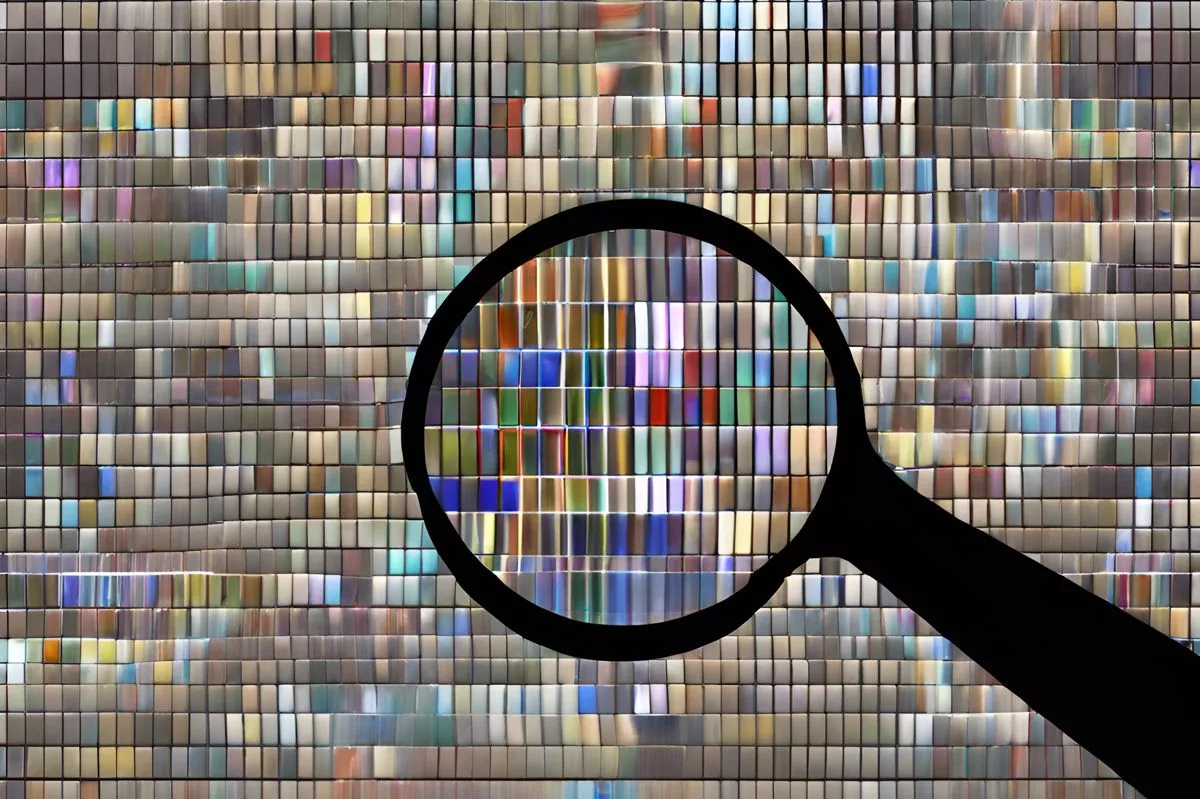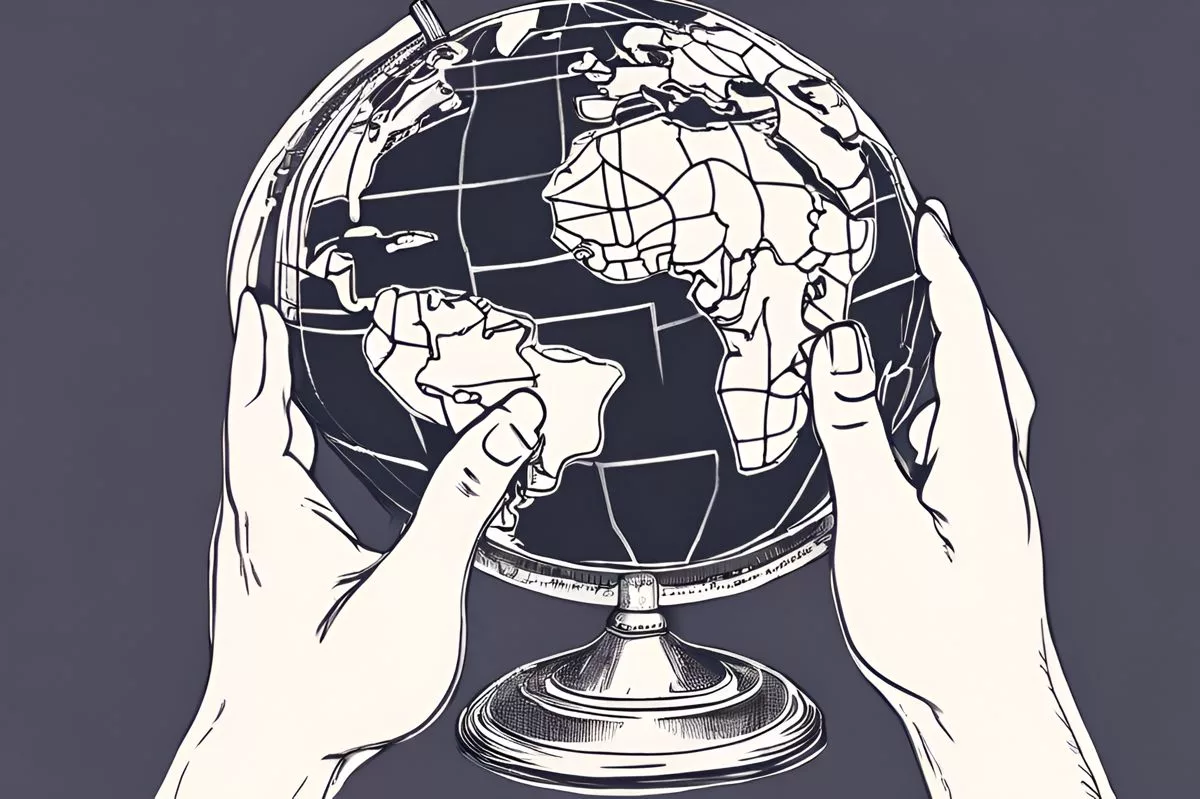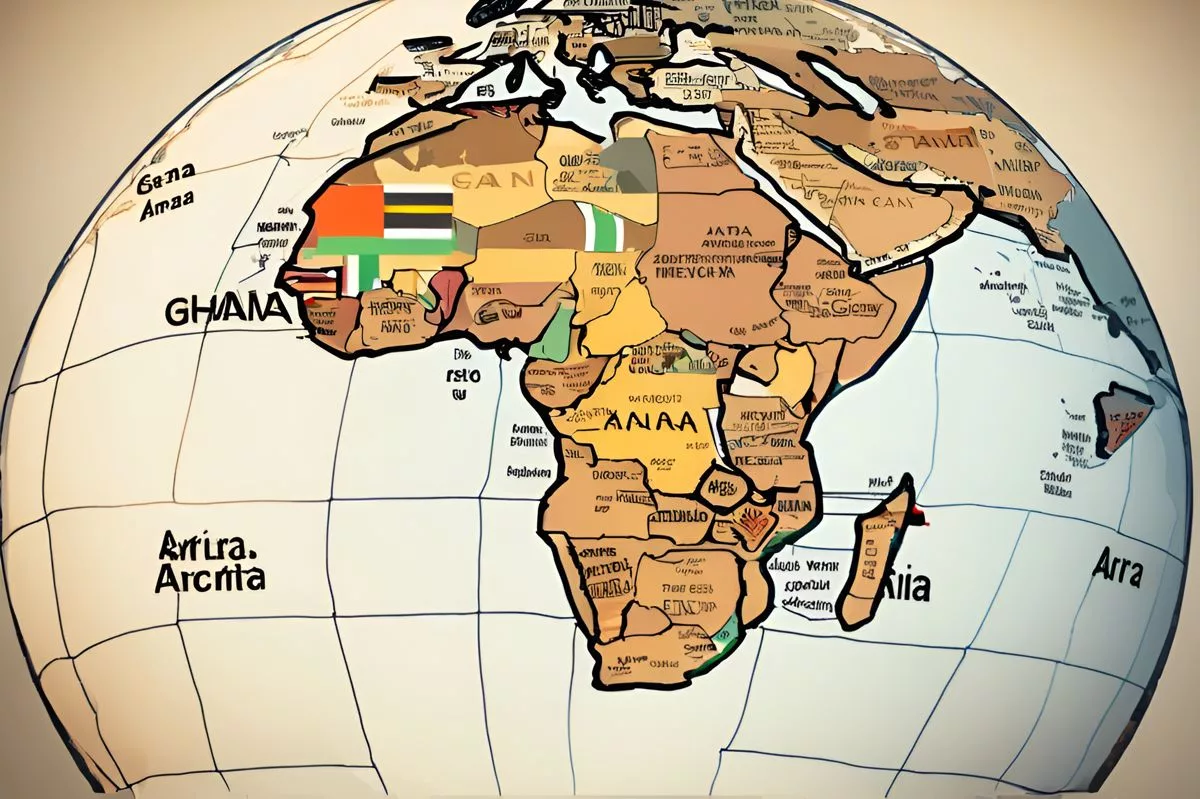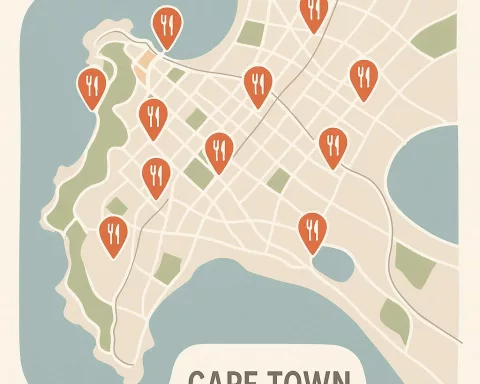The digital controversy surrounding Britain’s Princess of Wales, Catherine (Kate) Middleton, began with the modification of a photograph featuring her with her children, released by the royal household. This sparked online conjecture about her marriage, wellbeing, and existence. The release of a second photograph, which Kate later admitted to altering, only fueled the rumor mill further. The incident highlighted the pointlessness of privacy in the wake of rumor and fabrication and prompted inquiries about the British royals’ relationship with the media and the demand for increased openness.
What is the “Katespiracy” controversy?
The “Katespiracy” controversy refers to a virtual storm of rumors and conspiracies surrounding Catherine, Britain’s Princess of Wales. The controversy was ignited by the modification of a photograph featuring her with her children, released by the royal household, which only served to fuel the rumor mill. The incident demonstrated the pointlessness of privacy in the wake of rumor and fabrication.
In a recent event that has put a lens on the sometimes volatile nature of celebrity, Catherine, Britain’s Princess of Wales, found herself in the beating heart of an internet storm of conjecture and conspiracies. This virtual tempest was ignited by a seemingly innocent action: the modification of a photograph featuring her with her children, released by the royal household. The aftermath of this occurrence, now commonly referred to as “Katespiracy”, not only underscored the precariousness of the digital world but also emphasized the potency of rampant misinformation in our contemporary era.
Catherine, better known as Kate Middleton, had been absent from the public view since her attendance at a Christmas Day church service, followed by abdominal surgery in January. This extended absence from public scrutiny sparked online conjecture. Some doubted the solidity of her marriage to Prince William, the next heir to the British crown, while others voiced anxieties about her wellbeing, even wondering if she had undergone a cosmetic intervention, or worse, questioned her existence.
Photo Fiasco and the Consequences
In an attempt to quash the flood of gossip, the royal household released a photograph purporting to have been captured recently by Prince William. Nevertheless, the online sleuths of social media wasted no time in analyzing the image for any irregularities. The misplacement of a zipper on Kate’s jacket, coupled with the remarkably lush foliage in the image’s background, resulted in several global news agencies, including AFP, withdrawing the photograph from distribution.
The recall of the image only served to fuel the rumor mill. Kate admitted to altering the photograph, but her failure to provide any clarification only heightened the speculation. Simon Jenkins, a commentator for The Guardian, highlighted that the incident demonstrated the pointlessness of privacy in the wake of rumor and fabrication.
Demand for Transparency and Lessons Learned
As conjecture intensified, the palace declined to release the untouched version of the photograph. This led to an ironic outcome, often referred to as the Streisand effect, where efforts to suppress information only heighten its prominence. Even those who typically refrained from such gossip were now captivated. The mystery only grew as discussions about the credibility of the photo editor and the curiously lush plant in the photo’s background became focal points.
At a juncture when deceptive visual information and ‘deepfakes’ are a mounting concern, this incident underscored the pervasive sense of confusion and skepticism that many harbor. As observed by American author Charlie Warzel, the ‘deepfake’ epoch does not necessarily necessitate advanced AI; a rushed Photoshop alteration is more than adequate.
The aftermath of the photo scandal has prompted inquiries about whether the British royals have previously manipulated images. News outlets, including CNN, are now scrutinizing all distributed photos provided by Kensington Palace. There’s a rising demand for increased openness, even among members of the British royal family, who traditionally uphold a long-standing culture of secrecy.
In the previous month, King Charles III, Kate’s father-in-law, received commendation for publicizing his cancer diagnosis. However, healthcare professionals disapproved of his decision to withhold the type of cancer, suggesting that disclosure could have encouraged the British public to seek medical check-ups. Catherine Mayer, author of the book “Charles: The Heart of a King,” stated that if the royals genuinely wish to exemplify crucial values to the nation, they should commence by revising their relationship with the media in favor of openness and meticulous honesty.
In the aftermath of such a digital turmoil, the incident serves as a reminder of how the fusion of public scrutiny and digital alteration can ignite a whirlwind of conjecture. For public figures like Catherine, the Princess of Wales, traversing this digital terrain can prove to be a complicated yet essential aspect of their roles.
What sparked the “Katespiracy” controversy?
The “Katespiracy” controversy was sparked by the modification of a photograph featuring Catherine, Britain’s Princess of Wales, with her children, which was released by the royal household. The modification of the photograph fueled online rumor and conjecture about her marriage, wellbeing, and existence.
What was the consequence of the photo fiasco?
The recall of the photograph by global news agencies, including AFP, only served to fuel the rumor mill. Kate later admitted to altering the photograph, but her failure to provide any clarification only heightened the speculation. This incident underscored the pointlessness of privacy in the wake of rumor and fabrication.
What is the Streisand effect?
The Streisand effect is an ironic outcome where efforts to suppress information only heighten its prominence. In this case, the palace declined to release the untouched version of the photograph, which only led to increased speculation and scrutiny.
What has the aftermath of the photo scandal prompted?
The aftermath of the photo scandal has prompted inquiries about whether the British royals have previously manipulated images, with news outlets now scrutinizing all distributed photos provided by Kensington Palace. There is a rising demand for increased openness and transparency, even among members of the British royal family who traditionally uphold a culture of secrecy.
What does the incident underscore in the digital age?
The incident underscores the pervasive sense of confusion and skepticism caused by deceptive visual information and “deepfakes” in the digital age. It highlights the importance of honesty and openness, particularly for public figures like Catherine, the Princess of Wales, who must navigate the complicated digital terrain of public scrutiny and digital alteration.
What lesson can be learned from the “Katespiracy” controversy?
The lesson that can be learned from the “Katespiracy” controversy is the potency of rampant misinformation in the contemporary era. It demonstrates the pointlessness of privacy in the wake of rumor and fabrication, and it underscores the importance of honesty and transparency, even for members of the British royal family.












